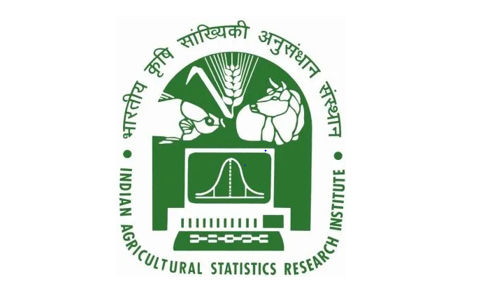
 ICAR-National Research Centre on Equines Hisar -125001 |
 ICAR-Indian Agricultural Statistics Research Institute New Delhi - 110012 |
Website Visit Counter |

Equus ferus caballus (the horse) was one of the first domesticated animals and has been used for many purposes in human societies: food, transportation, draught and agricultural work, and sport, hunting, and warfare. In India, there are different species of the family Equidae used for diverse purposes due to its complex arrangement of varying terrains and climatic conditions. The National Commission on Agriculture has identified seven different breeds of horses in India, based on their geographical localization (Kathiawari, Marwari, Manipuri, Zanskari, Bhutia, Spiti, and Kachchhi-Sindhi). These breeds of horses are different not just due to their agro-climatic adaptation but also due to their particular performance characteristics. The phenotypical characteristics of Indian equines are highly distinctive and unique in comparison to the rest of the equines which suggests their geographical distribution all over the country. Since the domestication of the horse approximately 5,000 years ago, selective breeding has been directed mainly towards the use of the horse in agriculture, transportation, and warfare. Within the past 400 years, the founding of formal breed registries and continued breed specialization has focused more upon preserving and improving traits related to aesthetics and performance. As a result, most horse breeds today are closed populations with high phenotypic and genetic uniformity of individuals within the breed, but with a great deal of variation among breeds. The use of genetic markers now allows for the identification of genomic variation specific to breeds to be uncovered, and to trace genomic relationships and pedigrees. Genetic markers (i.e. single nucleotide polymorphisms; SNPs) are an additional source of information that could be incorporated into the breeding evaluation to enable accurate early selection of horses for coat color, health, and performance traits. High-throughput, whole-genome SNP arrays are now available for these purposes beyond that possible from conventional microsatellite markers.